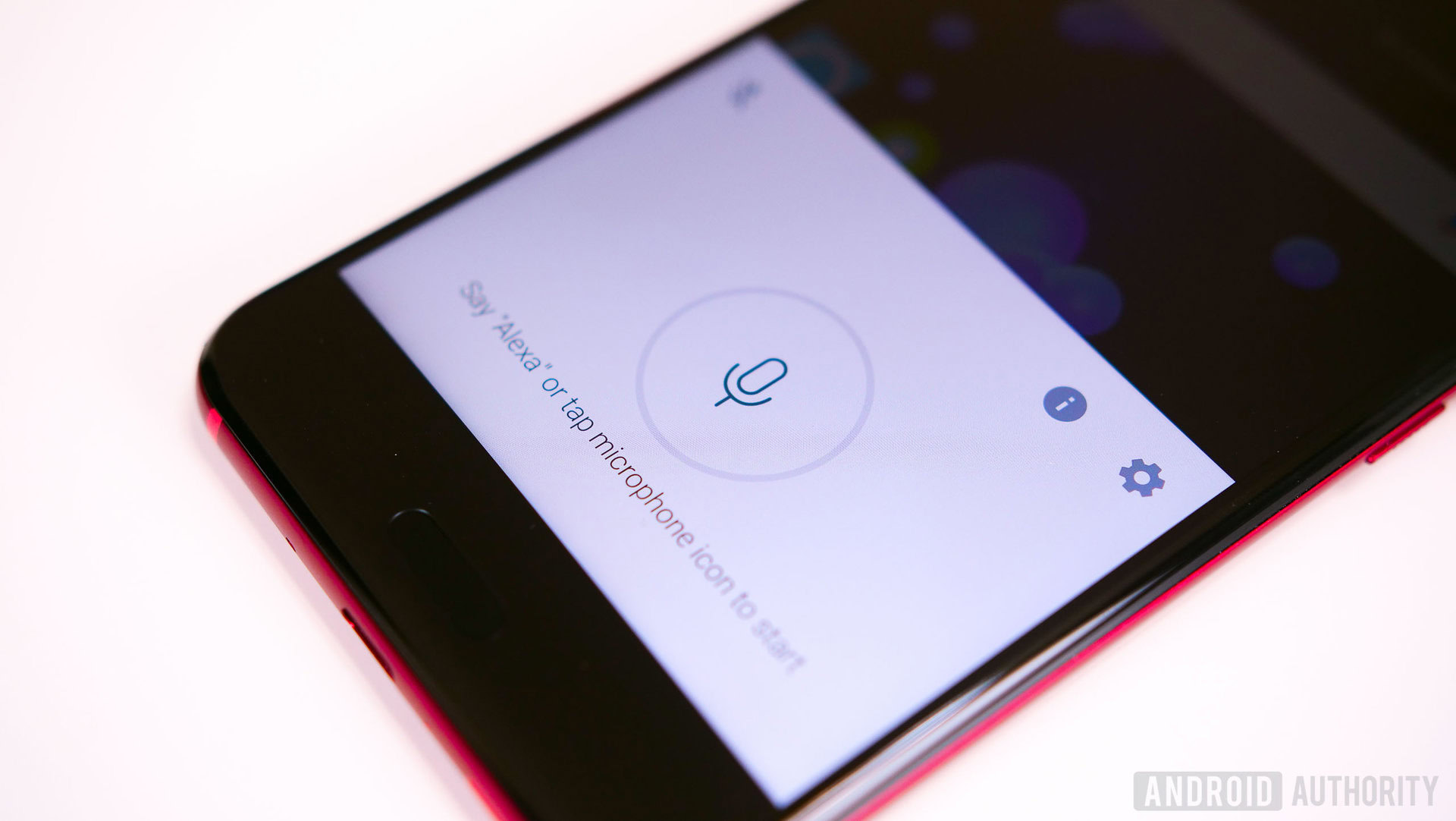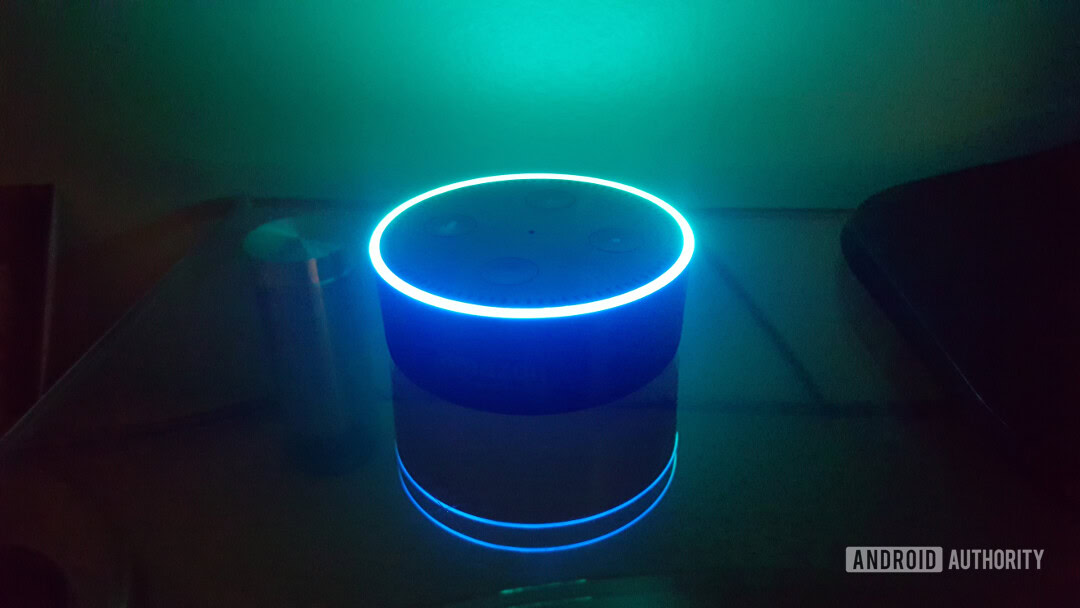Affiliate links on Android Authority may earn us a commission. Learn more.
Opinion: Are ads the bane or saviour of modern tech?

Some adverts can be fun, others slightly questionable, but generally we just accept them as the price to pay for a free something. Google, Facebook, and a huge range of other free-to-use services make their money from advertisements, and we’re largely OK with this state of affairs. Ads are also a part of modern music and video streaming packages, and even appear inside our apps. Ads can be found almost everywhere in today’s tech, and they often seem like an acceptable price to pay. After all, we don’t have to click on them, right?
However, failing click-rates and price pressure has overseen the growth of more effective targeted advertising. As well as serving us ads, these same companies collect a huge range of data on us to improve the effectiveness of these adverts, as well as sometimes selling this information to third parties. Your personal information is worth a lot of money to these companies, as it helps them better sell those ads their services have become so dependant on.
One contributor to the reason why Android is open-source and that we have all of our wonderful smartphones is due to the fact that Google knew it could sell us on apps and other services, partly through the data it collects on us. And while that’s certainly been a boon for millions of consumers, we need to step back once in awhile and ask ourselves if we’re still getting the best deal?
What is your data worth?
What makes this whole topic quite tricky is that none of us are really sure what the data collected about us is really worth. Are our details just worth $1 to cover a few ad clicks, or are they worth $100s to sneaky companies looking for any advantage to pry open our wallets?
You might think that data like our age, gender, or address is fairly worthless, as we hand these over all the time for various services. Stuff we might even freely discuss with our friends, like our taste in music or favourite sports team, seems equally throwaway, but it’s potentially worth a surprising amount to someone trying to sell you something.
Despite the potential to convert this data into profitable sales, advertising companies appear to be paying very little for basic user data. A 2013 report revealed that age, gender and location information is worth a mere $0.0005 per person. Income details and shopping histories fetched a fraction more at $0.001, but you have to get as personal as health information to bump this up to $0.26 per person.
Google averages about $6.7 a quarter in ad revenue from a typical user, but the going rate for data is far below a penny.
Googles’ average revenue per monthly active user (APRU) figures tell us how much the company makes from advertising from its average user. According to Statista, the figure has been steadily increasing, from $5.1 in Q1 2015 to $6.7 in Q4 2016. And that’s not taking into account Google Play or other sales. With bulk information so cheap, companies like Google are making big profit margins on our data, and this adds up significantly over millions of customers. However, the actual values involved on a personal level don’t appear to be that high.

By contrast, users selling their own data to companies tend to command much higher prices. According to a selection of figures collected at the end of 2016, some companies are willing to pay $100 per month to users to allow them to track their complete smartphone activity. Although a study found that the mean bid for phone activity data was just $2.72 on the open market, $8 a month is achievable if you want to sell to access your social media and bank transactions to a third party. If you’re looking for a bit more cash, Dutch student Shawn Buckles auctioned off his full browsing data and emails for a whopping $480.
Clearly, there’s a wide range of prices floating around for our personal information, and different bits of data are worth different amounts to advertisers and data collectors. Generally speaking, basic advertising data is worth only a few dollars per month at best. But what’s clear is that the more personal the data the more it’s worth, and intimate data is worth quite a lot to the right (or wrong?) buyer.

A price worth paying for free stuff?
Even knowing there’s a gap between what some companies will pay for and generate from ad profile data, it doesn’t automatically mean we’re getting a raw deal. Many prefer the minor inconvenience of an ad or two over the hassle of having to enter in credit card info and hit “buy now” buttons for every little music track or video we want to watch. Furthermore, if a service is free at the point of use, many of us feel like we’re getting the better deal, so that psychological boost is probably worth something too.
Not forgetting that ads pay for a wide range of free services that otherwise might not exist. Google Photos and Drive, various email clients, the huge number of free apps in the Play Store, and websites like ours all exist based on ad revenue. Even hugely expensive OS projects like Android and Windows 10 are only “free” thanks to ads and data collection.
Ads pay for a wide range of free services that otherwise might not exist. Ranging from online storage services to ad supported apps and websites, as well as supporting small scale content creators on platforms like YouTube.
In that sense, advertising subsidised services are fantastic. More and more users gain access to services and hardware that they wouldn’t have otherwise been able to afford or wanted to spend money on. The same is even more important for emerging markets, where low cost hardware combined with free services and the Android OS from Google is bringing more people online and helping them to connect with the wider world.
Looking at the numbers, basic data to help build up an individual advertising profile doesn’t appear to be worth as much as a monthly subscription to a content streaming service or two. In that sense being able to stream as many YouTube videos are you like in exchange for barely pennies worth of ads and the odd bit of data collection doesn’t seem to bad at all. If anything, paid services might seem overpriced by comparison.

While the financial angle is the most talked about part of the discussion, I think that time spent watching adverts we can’t avoid is also a cost worth considering. And this is personally where I’m more torn on the issue. We’re spending more and more time clicking on little Xs to close ads we aren’t that interested in, across apps and websites and even notifications. If you’re a regular free music streamer, you might spend an hour or more a week listening to ads over and over again. And how many unavoidable pre-roll YouTube ads have you sat through over the years?
Bombarding users with unrelated ads is a surefire way to lower the click-rate and thus reduce the profitability of ads. A balance needs to be struck between targeted placement and reasonable data collection.
While I happily acknowledge this is the price we pay for “free” content, it’s also very irritating to be bombarded with ads I’m simply not interested in. The situation has only worsened with the prevalence of autoplay videos, something which Google is looking to clamp down on, at least slightly. So we’re in a catch 22 where I don’t click and get annoyed with irrelevant ads, which calls for more detailed and valuable data collection in order to better tailor my ad profile. Talk about a rock and a hard place.
Taking the situation one step further, we end up in a situation like Amazon’s Ad-Subsidized products. Customers can receive a $50 discount on hardware, in exchange for advertisements built into the lock screen, a personalized deals widget, and Amazon’s services pre-installed. While not unreasonable on paper, Amazon stands to make up this initial loss by selling you advertisements that try to further lock you into its ecosystem.
Personally, I don’t think $50 is a price worth paying to be bombarded with an ad every time I do something simple like unlock my phone. Our time is valuable, and companies are essentially stealing it by thrusting ads in front of us day and night for every little thing. Bombarding users with random ads is also a surefire way to lower the click-rate and thus reduce their value. A balance needs to be struck between appropriately placed and targeted adverts, the collection of reasonable data to achieve this, and offering value to consumers through services. The solution – the smart home.

Alexa, how much data have you collected about me today?
As we previously mentioned, the real money is in more personalized, specific, and intimate data collection, and the growth of new technologies is enabling companies to collect more data than ever before. The trend in smart assistants is a more convenient way to accomplish some tasks. But the other side of the coin allows Google, Amazon, and the like, to record and track even more about our lives. What music we listen to, the route we take to work, the type of stores we like to visit, and much more can all be discovered based on the growing capabilities of these assistants. By simplifying more elements of our daily routine, smart assistants are also gaining access to even more of our lives.
In addition, always-on smart home products invited into our living room are able to record more data about our daily lives than ever before. We know that all of our smart home queries are being saved in the cloud, helping to “improve future services” and voice recognition capabilities. Even if these companies aren’t scanning saved audio for subtle hints about your habits just yet, the results of your armchair queries are certainly being used to further build up that advertising profile.

All things considered …
There are clearly pros and cons. I’ve stopped using many apps because they bombarded me with too many ads, yet I’m also willing to accept the odd ad in exchange for an otherwise free service. They’re annoying no doubt, and data collection, security, and the right to privacy remain important issues we’re yet to fully comprehend in a digital age. Especially with legislation still playing catching up as technology evolves at increasing speeds.
An existence stuffed full of random advertisements at every turn would be unbearably grim, and I don’t much like the thought of my information being traded around in the vain hope that it might be used to persuade me to click an ad either. In some ways, this whole situation is an indictment of the broader advertising business and culture. Users can’t be forced to click no matter how much data you collect, and the more companies try the more resistance they are likely to encounter from consumers. If consumers begin to push back against this increased data collection, the whole model may have to change.
Honestly, the more I think about it the more torn I become on the various issues. How about yourselves, are you happy with the state of modern advertising and technology, or has it all gone too far?